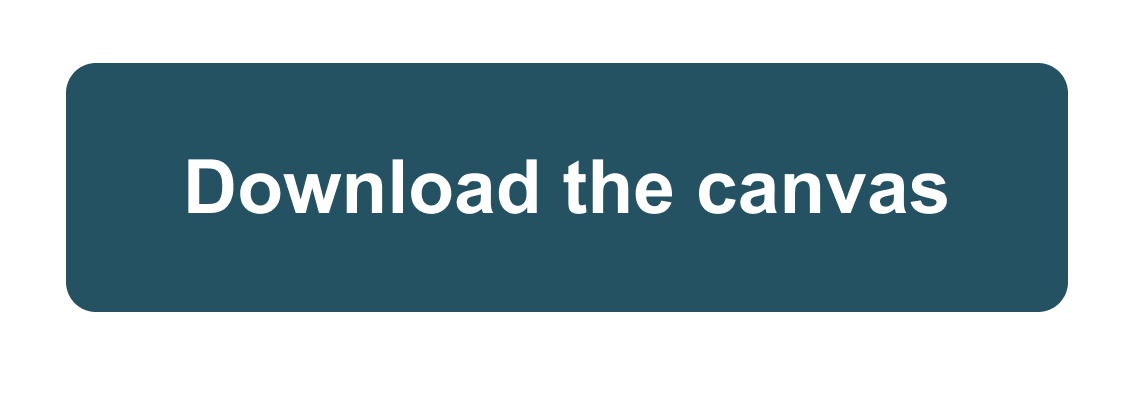Challenges
The Problem Definition can be used when in need for describing and elaborating on the underlying cause(s) of a targeted issue. To that extent, tool can be adapted to diverse kinds of interventions.
Problem, Purpose and Needs
With the help of the Problem Definition tool, it is possible to zoom in on a core issue that can be acted or improved upon after first gaining a comprehensive picture of the numerous complex and interconnected issues that influence it.
Relevance to Climate Neutrality
Challenges
Thematic Areas
Impact Goals
Issue Complexity
Issue Polarisation
Enabling Condition
Essential Considerations for Commissioning Authorities
N/A
Engagement Journey
Governance Models and Approaches
Enabling Conditions
Democratic Purpose
Spectrum of participation
Communication Channels
Actors and Stakeholder Relationships
The tool can be used individually or in groups. However, it is best to complete it in groups since the exercise's goal is to approach the problem from several angles to better comprehend and characterise it. Another good practice is to involve all the relevant stakeholders in the procedure.
Participant Numbers
Actors and Stakeholders
Participant Recruitment
Interaction between participants
Format
Social Innovation Development Stage
Scope
Time commitment
About one to two hours are needed to complete the task. However, the activity can be repeated several times to elicit different perspectives. Another factor that might influence the duration of the activity is the dimension of the group.
Resources and Investments
Typical duration
Resources and Investments
In-house
Step by Step
The Problem Definition tool is a worksheet that should be filled from left to right, and it presents five consecutive columns, each one with a leading question, namely:
What is the issue?
Who is it a problem for?
What social/cultural factors shape this problem?
What evidence do you have that this is a significant problem?
Can you think of this problem in a different way? Can you reframe it?
Examine the Problem Definition template for a specific individual or organisation in small groups, taking notes on a large sheet of paper. You can repeat the process multiple times to expose new viewpoints. Compare your versions and then discuss whether you are making the same assumptions and presenting the same information. Attempt to reframe the problem then.
Evaluation
Its objective as a problem framing tool is to be reviewed, modified, and iterated upon by relevant stakeholders in the problem space. Therefore, there is no necessity to do an assessment of the activity itself, and it can be mainly considered as a tool for discussing and reflecting.
Connecting Methods
The tool can be used parallelly or sequentially to other tools such as Frameboard, PESTEL analysis, and SWOT. The Problem Definition tool is often completed before the Value Proposition canvas.
Flexibility and Adaptability
The tool can be adapted to a variety of scenarios since its purpose is to grasp and challenge the nature of a problem. It is crucial to include those who have a strong understanding of the social problem as well as the environment in which the solution will be developed.
Existing Guidelines and Best Practice
Canvas and step-by-step instruction:
Best Practice:

Comments ()